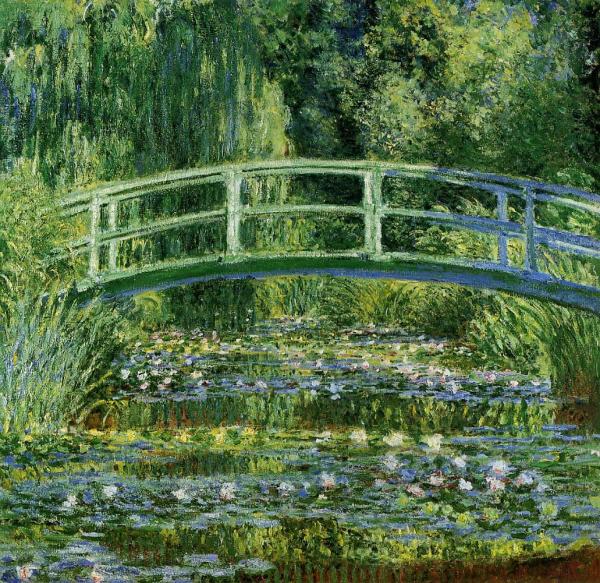Hailed as the world's largest architectural museum, the Cite de l'Architecture et Patrimoine opened in 2007 at Palais de Chaillot, a 1930s art deco structure that faces the Eiffel Tower across the River Seine. It is a vast site that houses three galleries which give an overview of architecture, predominantly French, from the Middle Age to the present day.
 |
| A view from the Palais de Chaillot |
 |
| A portal of the Chartres Cathedral |
The museum has a diverse collection mainly of casts of historical buildings, wall paintings, stained glass windows and models. The plaster cast gallery on the ground floor makes an impressive display of 350 life-size statues and sections of important buildings such as a portal of the Chartres Cathedral, a pillar of the Strasbourg Cathedral and the portal of the 12th century church of Saint-Fortunat.
 |
| Flamboyant gothic architecture |
On the scale of 1:1, most of these casts were commissioned in the late 19th and early 20th century by the famous architect and theorist, Eugene Viollet-le-Duc, as a means to educate the French public about national heritage. Since the 1937 International Exhibition, the collection has been held in the Musee de Monuments Francais, now a part of the Cite de l'Architecture.
Beyond these magnificent reproductions, I have to admit I was underwhelmed by the lack of depth, breadth and coherence of the galleries. The narrative, if any, should at least show some consideration of the major architectural trends in the rest of Europe. There is little context, with styles seeming to develop out of the blue, unconnected to people, politics and society.
It is ironic that a museum of architecture itself could have such a poor layout. The access to different floors was convoluted at best and at times, it was so hidden that I completely missed the floors consisting of mural paintings and stained glass windows. An inexcusable design fault.
 |
An element of the facade for
the Institut du monde arabe |
By comparison, the top floor gallery of modern and contemporary architecture is a small space that showcases models, building elements, drawings, photographs and archival films of buildings and urban developments from 1850s onwards. The unevenness on the emphasis of the display is problematic. Personally I think it is largely because of the fact that these exhibits have been thrown together without a real effort to integrating them into a cohesive entity.
 |
| Models on view at the top floor gallery |




























![[IMAGE of a Monet Painting]](http://krypton.mnsu.edu/~schumann/www/images/monet_s2.jpg)



















